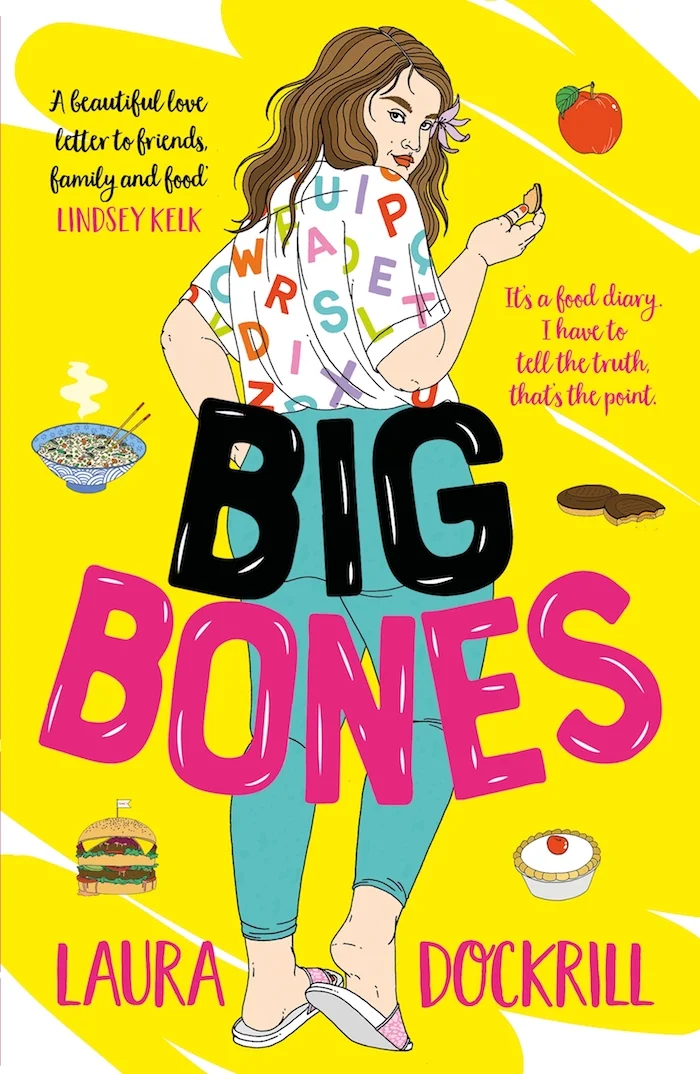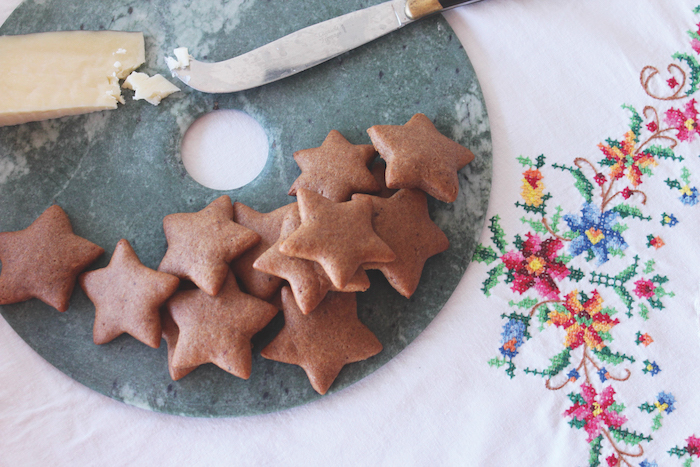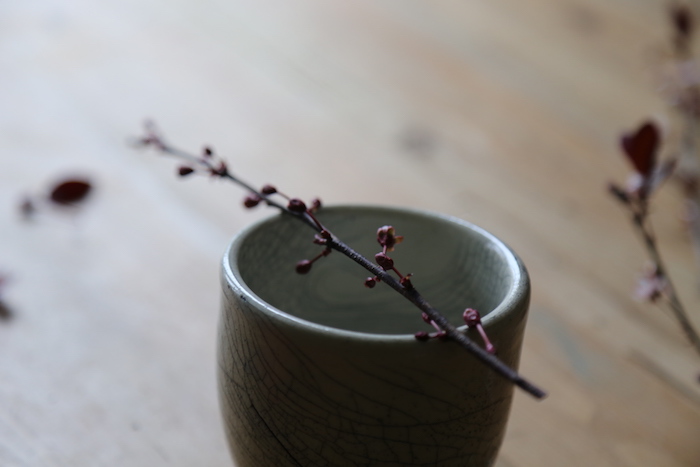
Food, unlike anything else, has a way of bringing people together. It’s the thread that connects our days and ties us to our identities. Everyone can map their lives through food, from childhood recollections to the first thing they ever made for themselves. It allows for a diverse range of stories and memories. Two women making sure all of these stories and voices are heard and listened to are Miranda York and Anna Suling Masing.
Miranda, a freelance journalist, founded TOAST festival in 2013, which led into an annual food magazine. This, in turn, became what At The Table is today, an illustrated magazine that explores British food culture, featuring essays from food writers, novelists and poets. Anna Suling Masing, a writer, poet and academic, and Miranda co-curate the popular event series Voices At The Table.
Their events combine food, literature, and performance in an intimate evenings around London. We sat down with Anna and Miranda to chat about the importance of new voices, women’s writing and of course, why it's important to talk about food.
Miranda: When we started we didn’t really think about beyond the first event, we just wanted to bring interesting people together to talk and think about food and interesting ideas like women in food or the future of meat.
Anna: We’d known each other for years and then I wrote a poem for an issue of At The Table. I ran a theatre company for 7 years, moved into food writing and journalism and then did a PhD in storytelling, with food and identity as the biggest aspects. Miranda and I really connected over on food and what it really means.
Miranda: We really wanted to find new ways to tell these stories. Anna invited me to a play where people were cooking on stage, which I found so interesting. I wanted a way to bring the stories in the magazine into life in an event form, to bring lots of different people together from different worlds, industries and backgrounds together to talk about food in a really relaxed way. It’s all part of the oral tradition of storytelling. Everyone gets up and tells a story. It could be from their novel, from their cookbook or it could be something original that we have commissioned for the event or even someone else's writing that they really have a connection with. It’s like a literary food salon.
Anna: The big thing that we’re both so passionate about across all of our work is being a platform for new voices. The food world needs to be really diverse, the writing world needs to be really diverse. We always commission one or two new writers and pay and financially support new work. That's always the biggest feedback from events, that people find new writers to connect with.
Miranda: Someone might buy a ticket to come and see a big name but they’ll always leave loving a new voice that we’ve featured. I love that people come and can connect with something that they might not usually experience. Food is what connects everything but it's much more than food – it’s peoples memories, stories and history. Anyone can talk about food, it’s a great leveller for people to connect.
Anna: Food is also complicated and difficult, which makes it a really important thing to talk about. It’s not all joy and light, it’s complex. If you grew up without a lot of access to food, it affects you. Food is political. It’s gendered. It is really valuable to address it and to give people a space to talk about these things.
Miranda: We just recorded a pilot podcast because obviously events have limits on numbers and we want as many people to be able to hear these incredible stories. We’re so excited to get the stories out there.
The next Voices at the Table takes place at The Coach London on 25 June. Novelist Sarah Winman, historian and screenwriter Alex von Tunzelmann, actor Kevin Shen and debut novelist Sophie Mackintosh will all be reading, while dining on a three course meal from chef Henry Harris. Visit At the Table for information and more essays on food, culture and why we eat.



